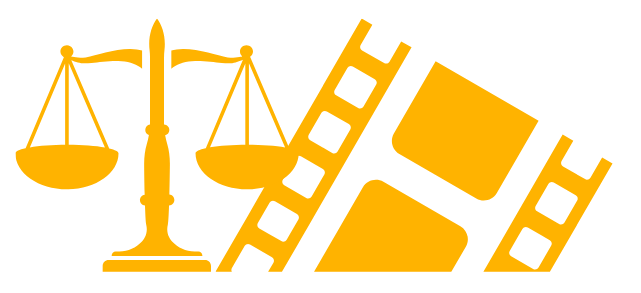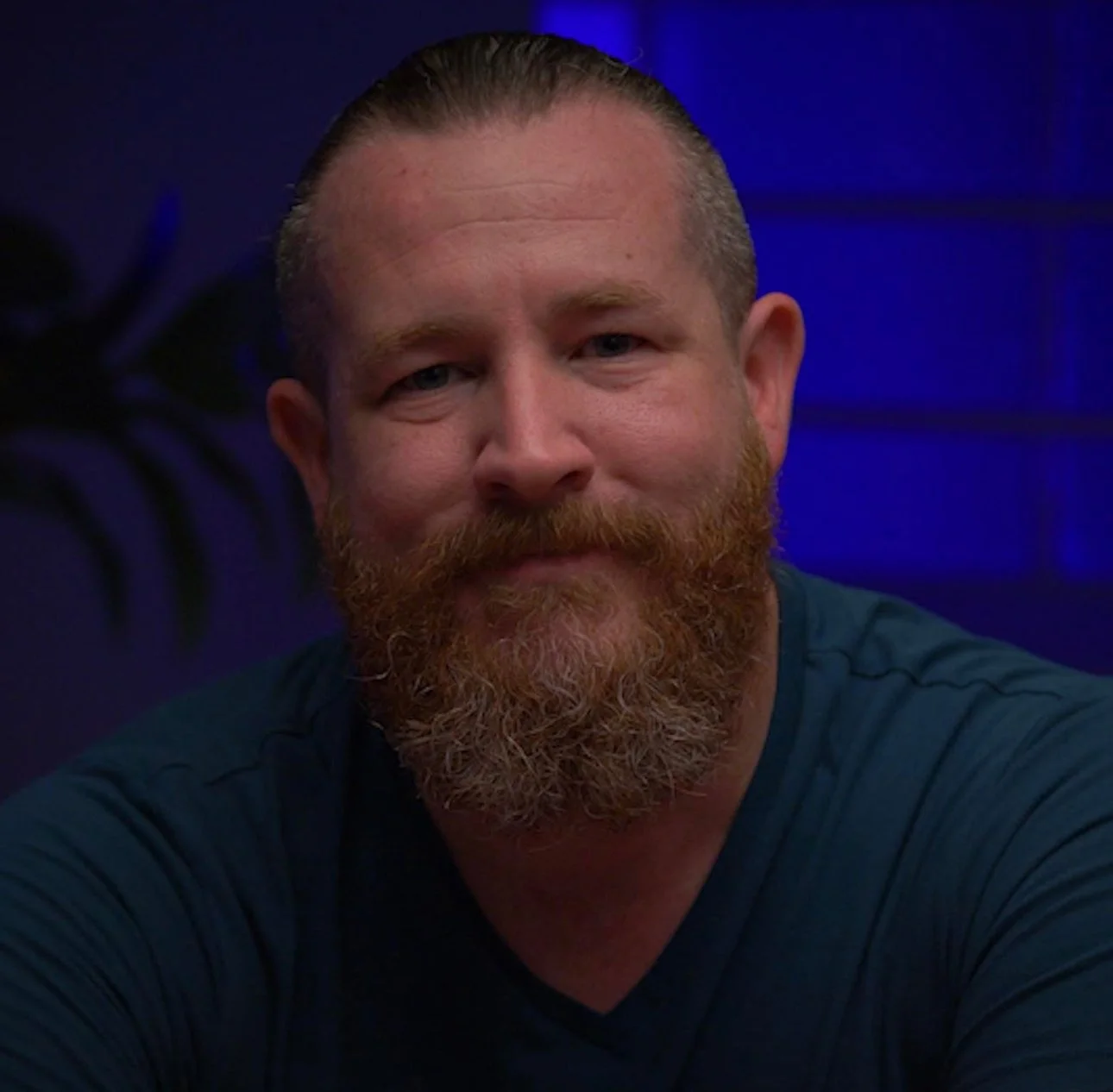How I became a settlement documentary filmmaker
“Movies take facts and turn them into feelings, and feeling are ultimately what change hearts and minds.”
My name is Kenny Ballentine, and for the past 15 years I’ve worked as a professional documentary filmmaker. My films have screened across the globe, earning numerous awards and accolades along the way. In 2012, my documentary Nature Kids screened on every continent and won the Audience Award at the Yosemite International Film Festival. In 2016, my short film Estamos Aquí was honored with a special premiere at the White House, invited by the Obama Administration in celebration of Hispanic Heritage Month and the centennial of the National Park Service. It went on to screen in National Park visitor centers across the country.
My latest documentary, Healing Us, takes a hard look at the deep failures of the American healthcare system. Narrated by Susan Sarandon and now streaming on Amazon, the film features some of the most heartbreaking interviews I’ve ever conducted. I sat with survivors of catastrophic healthcare failures—people whose lives were forever altered by systemic breakdowns entirely outside their control. It was gut-wrenching. At the time, I didn’t realize it, but those interviews were laying the foundation for my future work as a settlement documentary producer.
A Settlement Documentary is essentially a short-form documentary that tells the story of your client’s injury—and the human cost behind it. It puts a face, a voice, and real emotion to what is often just a stack of medical records, legal briefs, and impersonal numbers.
In the mediation process, decision-makers—the mediators, adjusters, opposing counsel—typically rely on paperwork… paperwork that doesn't bleed, cry, or limp across a room. It can’t look you in the eye and say, “I don’t know how to keep going.”
That’s what a settlement documentary does. It delivers what spreadsheets and charts can’t: truth in motion.
It’s not just information—it’s impact.
Done well, a settlement documentary becomes an emotional inflection point in the case. It forces the other side to stop seeing a claim and start seeing a person—to feel, if only for a few minutes, the depth of the loss your client lives with every day.
I was first invited to create a settlement documentary by attorney Ben Scott, a personal injury lawyer in Fairfield, California. His client was a well-respected dentist who had been seriously injured in a horrific car crash. After her recovery, she could no longer sit for long periods, hold dental tools steadily, or work the long hours her profession demanded. Dentistry wasn’t just a job—it was her passion, her identity. Losing it was devastating.
I interviewed her and her family in their delta clinic. There were tears, long pauses, and moments of raw, honest sorrow. But something else happened too. The process of being seen and heard—of telling their story in full—became deeply cathartic. I also interviewed many of her dental patients, who shared stories about their favorite dentist. This injury was affecting them too. The short film I created didn’t follow a feel-good redemption arc. It was a story of loss and suffering, but also a portrait of an amazing human who worked hard and deserved better.
A few weeks later, Ben told me that the video had made a significant difference at mediation. The settlement they reached was larger than expected, and most importantly, the client felt understood, involved, and supported.
That was the moment it clicked.
I realized that my documentary skills could do more than inform or entertain. They could make a difference for people going through the worst moments of their lives. Since that first case, I’ve been hired by Ben and many other attorneys to create settlement documentaries for their clients. And time and time again, I hear the same feedback: Bigger settlements. Smoother mediations. Happier clients.
I’ve come to love this unusual niche I now inhabit—a filmmaker who creates intimate, emotional short documentaries for an audience of maybe four or five people. But from that small audience comes an oversized impact, for the injured party and their attorney.

